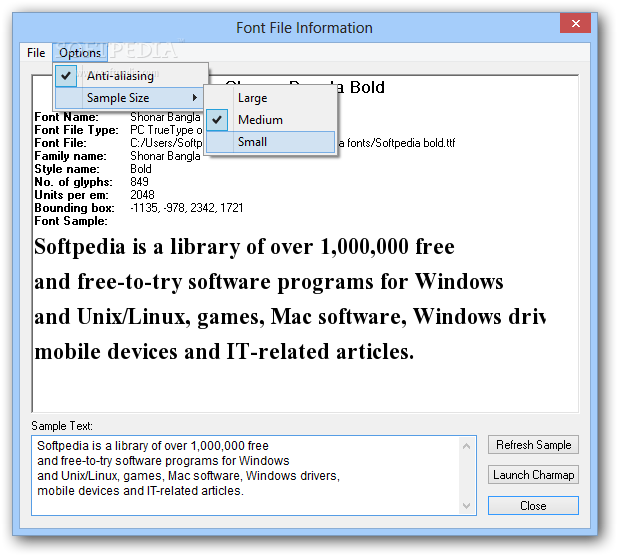

Similarity due to symbolic (abstract) identity, name, and motor representations of letters are also taken into account providing compelling evidence for the unique influence of allograph representations in these tasks. By using Representational Similarity Analysis in conjunction with Linear Mixed Effect Models (RSA-LMEM) we show that the similarity structure of the responses to the atypical font is influenced by the predicted similarity structure of allograph representations even after accounting for font-specific visual shape similarity. In these experiments, participants respond to pairs of letters presented in an atypical font in two tasks-visual similarity judgments (Experiment 1) and same/different decisions (Experiment 2). The research reported here helps to address this gap with two experiments that examine the possible influence of allograph representations on visual letter processing. These font-invariant representations, referred to as allographs in this paper, while frequently posited, have seldom been empirically evaluated. How does the visual system handle such variability? One proposed solution posits stored structural descriptions of basic letter shapes that are abstract enough to deal with the many possible font variations of each letter. The literate brain must contend with countless font variants for any given letter.


 0 kommentar(er)
0 kommentar(er)
